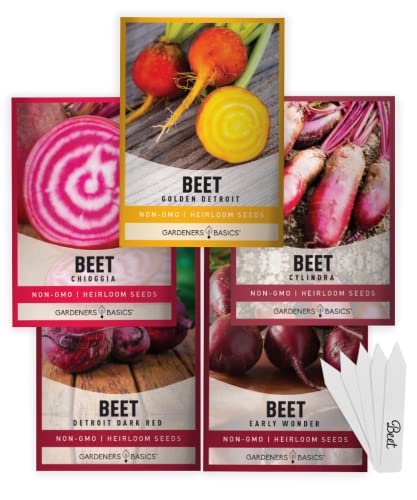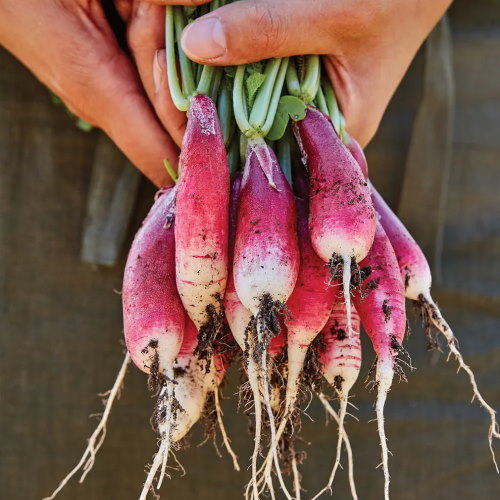7 of the easiest vegetables to plant in March – even beginners can prosper with these simple-to-grow crops
Discover easy crops to sow and get expert planting tips from an expert vegetable gardener

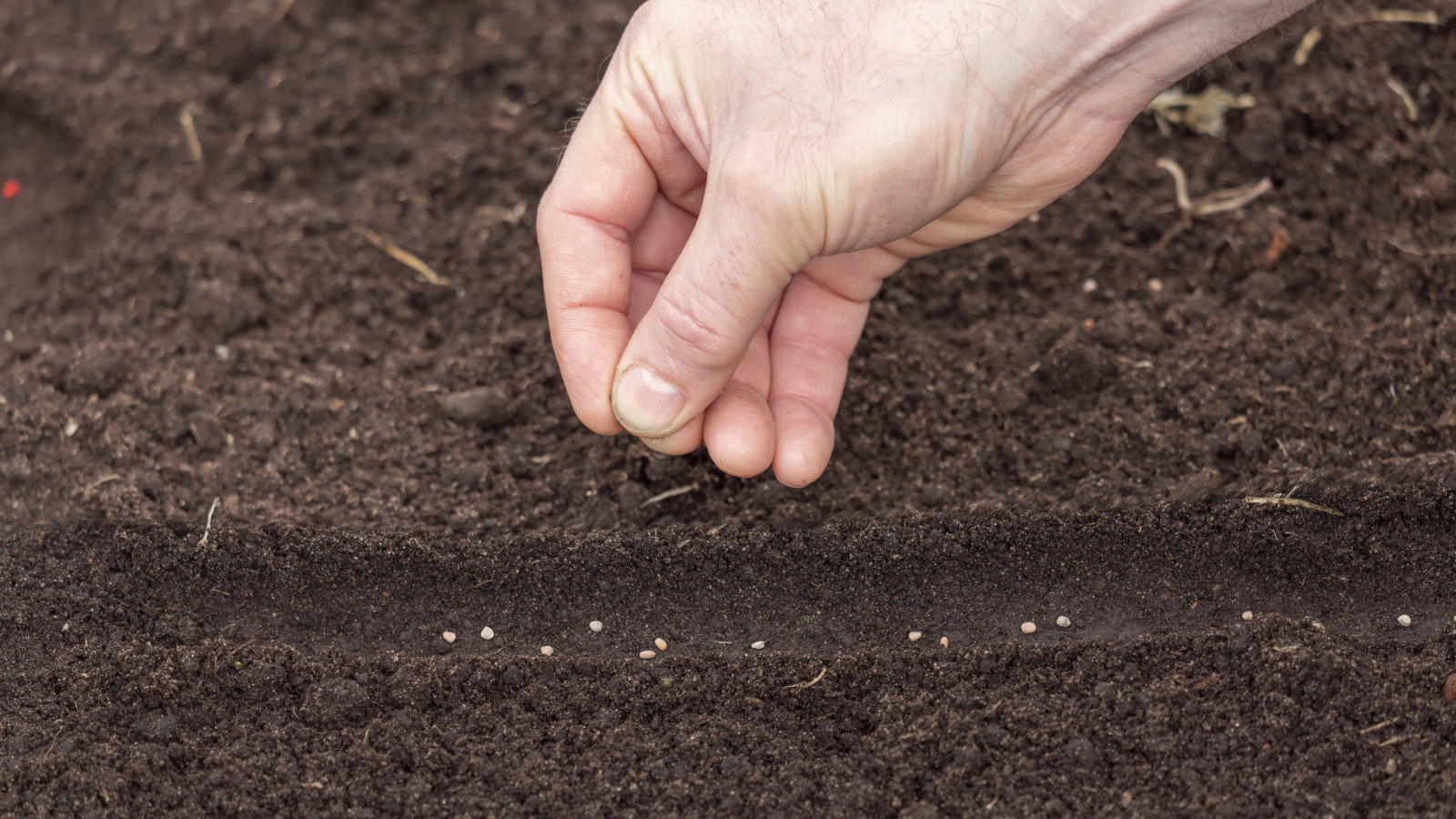
Spring officially arrives in March and, when the heat and light levels increase, it is a great time to plant many vegetables. There is a growing list of vegetables to plant in March and increased opportunities to sow outdoors and indoors.
I spent many years growing vegetables in walled kitchen gardens in the UK. All the vegetables were grown from seed - mostly started indoors as transplants - and March was the month my seed sowing schedule ramped up.
If you are new to growing from seed, judging when to plant vegetables can be difficult. So, I want to help you plan this month’s planting and get your season off to a great start. Here, I reveal some of the easiest vegetables to grow which are always on my sowing plan for March.
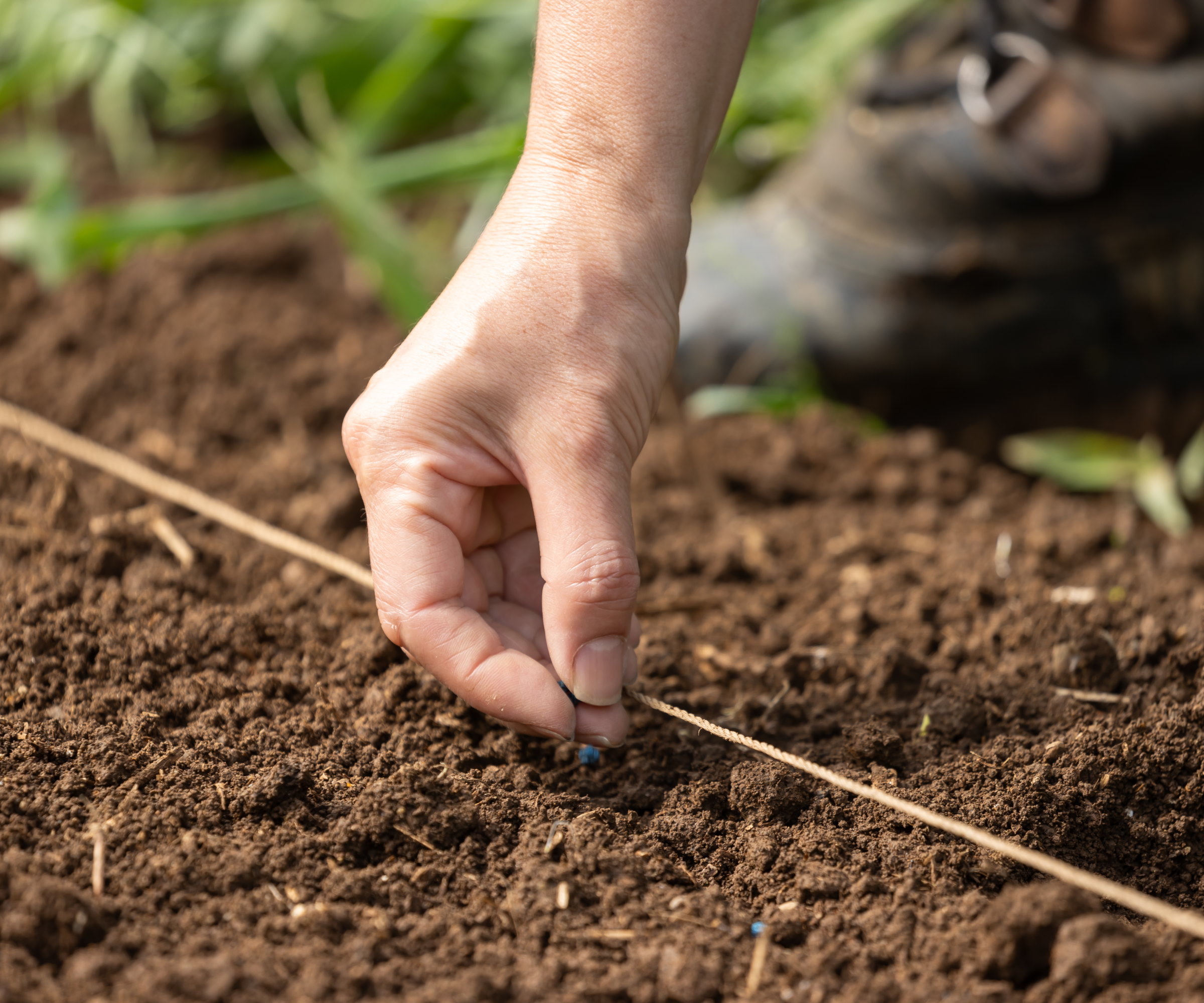
Simple veg to plant in March
Easy to sow, simple to maintain, and highly reliable. That is the criteria for picking these simple vegetables to plant in March. Many are also fast-growing vegetables, providing you with speedy, delicious homegrown food to enjoy, and several are ideal for succession planting for long harvesting seasons.
Here are my seven picks for vegetables to plant in March, along with some sowing tips I have picked up over the years:
1. Beans
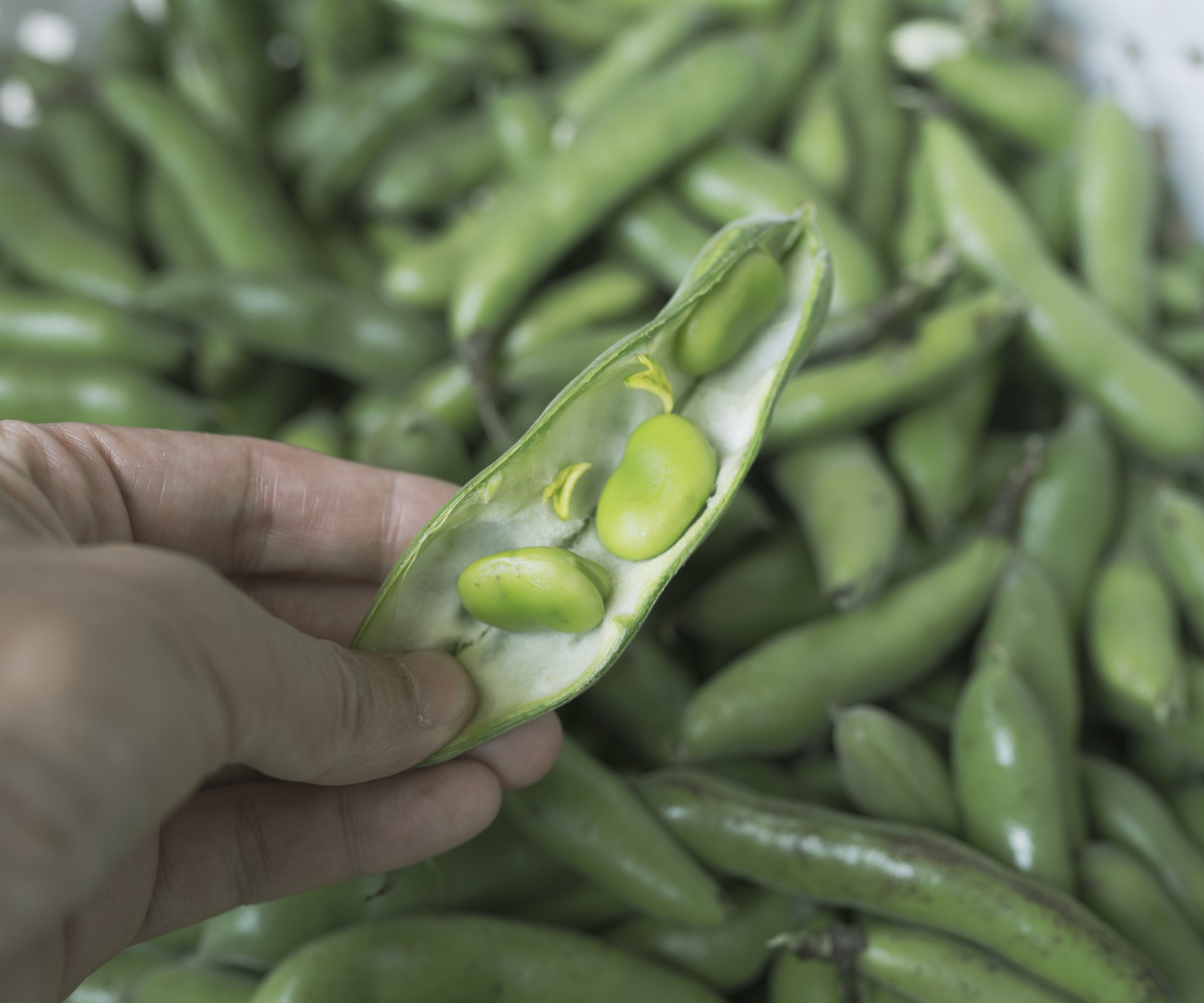
Beans are always simple vegetables to grow and this month is an ideal time to plant fava beans directly into the soil. Growing fava beans is done by planting in either fall or spring, depending on the climate and your soil type and it can be done indoors or outdoors, but the best sowing method this month is to sow seeds outdoors directly into their growing position.
Plant beans on their edge into drills two inches deep, and space each bean at least six inches apart. Water the drill and keep the soil moist, but not waterlogged. The seeds should reliably germinate quickly and a sowing in March can provide a delicious harvest of fava beans in early summer. There are many types of fava bean to plant but I have always opted for the ‘Aquadulce’ variety.
Design expertise in your inbox – from inspiring decorating ideas and beautiful celebrity homes to practical gardening advice and shopping round-ups.
If you want to grow other types of beans, including French beans, pole beans, or black beans, it is too early in March and they are vegetables to plant in April or May once the soil has warmed.
2. Beets
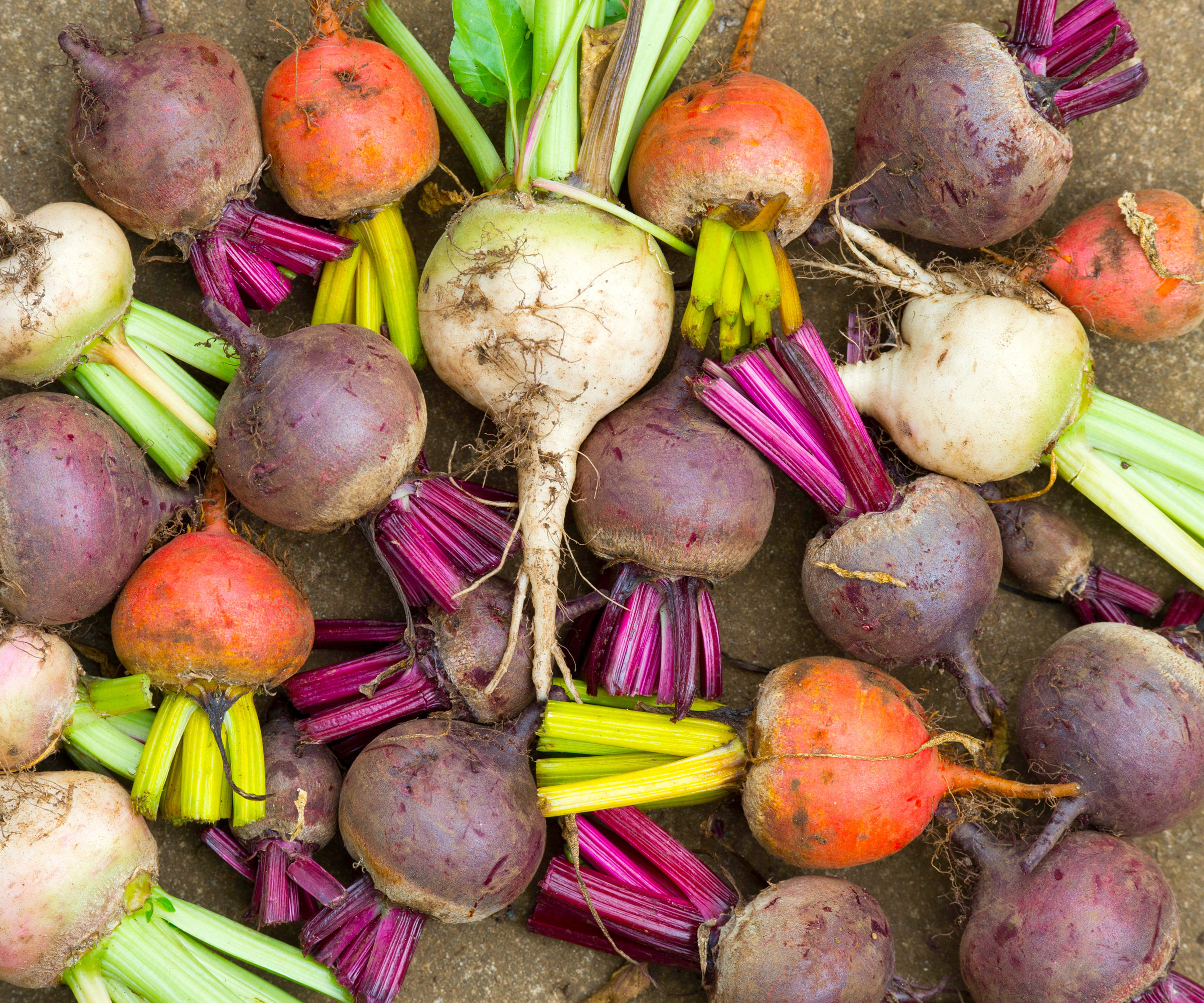
Beets can be much more than classic red globe-shaped vegetables sliced and pickled in jars - which I am sure is the first thing that springs to most people’s minds at the thought of beets (that or Dwight Schrute). There are beets in a rainbow of colors and you can grow ones of different shapes. A personal favorite of mine is ‘Chioggia’ beets, also known as candy-stripe beets for their attractive red and white striped flesh.
Growing beets is very simple and seeds can be sown directly outdoors if the soil temperature is above 50°F. You can warm the soil using cloches or horticultural fleece, or even sow seeds indoors this month and transplant seedlings once the soil warms. To sow seeds directly into the soil, thinly plant beets at least two inches apart in drills one inch deep. Planting too thickly is a beet growing mistake as beet seed is a ‘multigerm’ seed that houses a cluster of up to half a dozen seeds.
3. Carrots
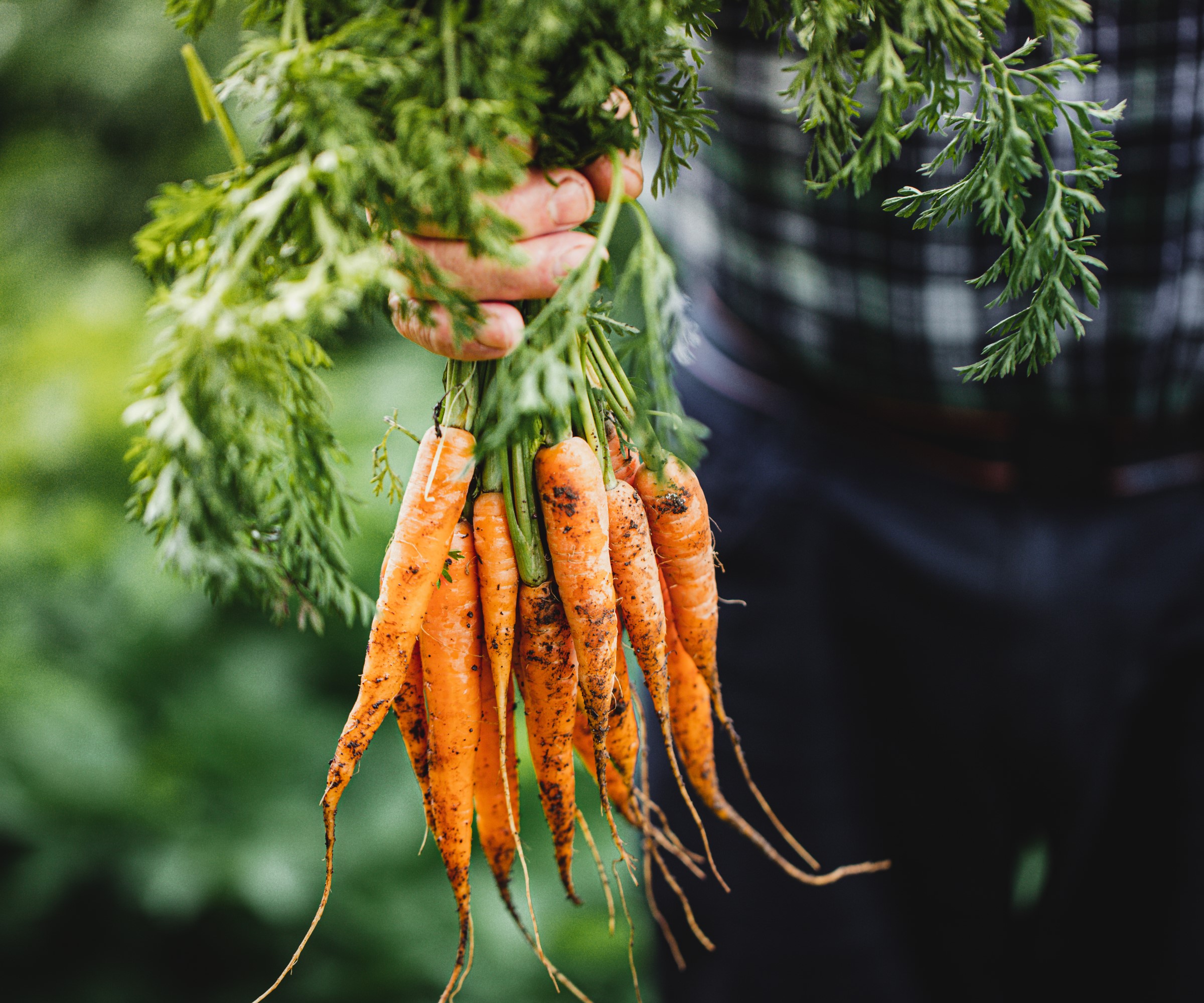
Early varieties of carrots can be sown in March. When you grow carrots, the seeds are always sown directly into the soil rather than being started indoors and transplanted. They are crops that hate root disturbance and you will not get lovely long, straight carrots to harvest when they are transplanted. It is also vital to always clear the soil of stones before sowing. Although they may be usable, twisted or split roots are not the ideal sight when you come to harvest carrots.
Make drills around a half-inch deep in the soil and pre-moisten the drill before planting the carrot seeds. Sow the tiny carrot seeds an inch apart and plan to thin them to two inches once they germinate. Carrots can germinate at temperatures down to 40°F but will do much better if the soil is 50-80°F - so consider using fleece or cloches to warm the soil and keep that temperature up to guarantee faster germination for early sowings.
Discover the range of carrot seeds at Amazon
Discover the range of carrot seeds at Walmart
Discover the range of carrot seeds at Burpee
4. Chard
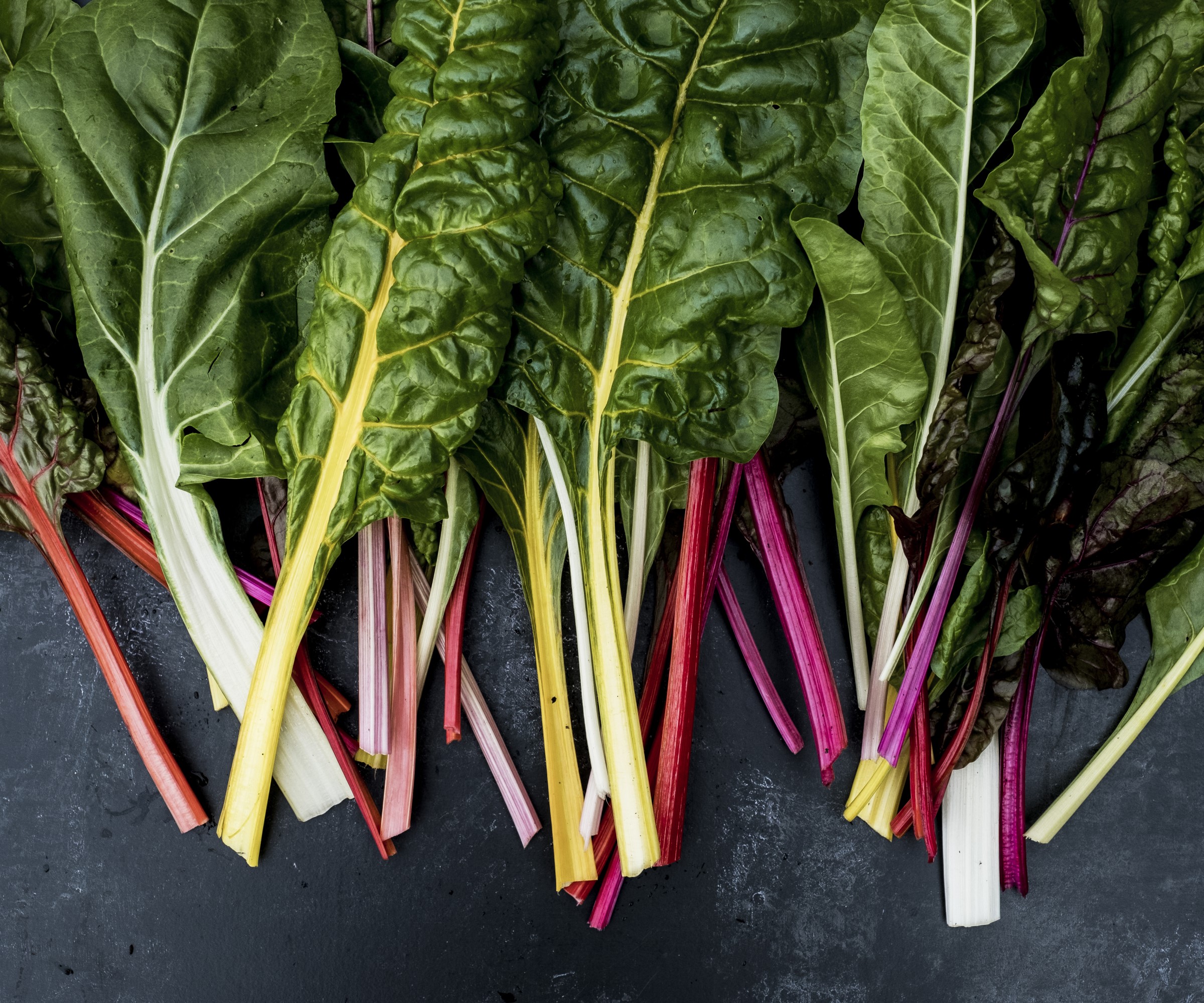
Swiss chard can be sown in late March when the soil temperature reaches at least 50°F. If you want to grow Swiss chard for a rich bounty of colorful leaves that stand out in any vegetable garden, the good news is that it is easy to cultivate from seed and very adaptable. Chard will thrive in the sun or can be a vegetable to grow in the shade.
The seeds are large enough to handle comfortably and can be planted into drills an inch deep in the soil. Plant each seed at least two inches apart and make any rows at least 12 inches apart. If the ground outside is too cold to plant Swiss chard in March, sow seeds indoors into large modules or small pots earlier in the month and plant them outside later in spring.
A sowing in March can give you a fast harvest of Swiss chard to enjoy. It can be as little as 40 days to start picking baby leaves, or closer to 60 days for full-sized mature leaves. Supplement an early spring sowing with a second sowing of seeds in mid-summer to provide rich pickings into the colder season.
5. Lettuce
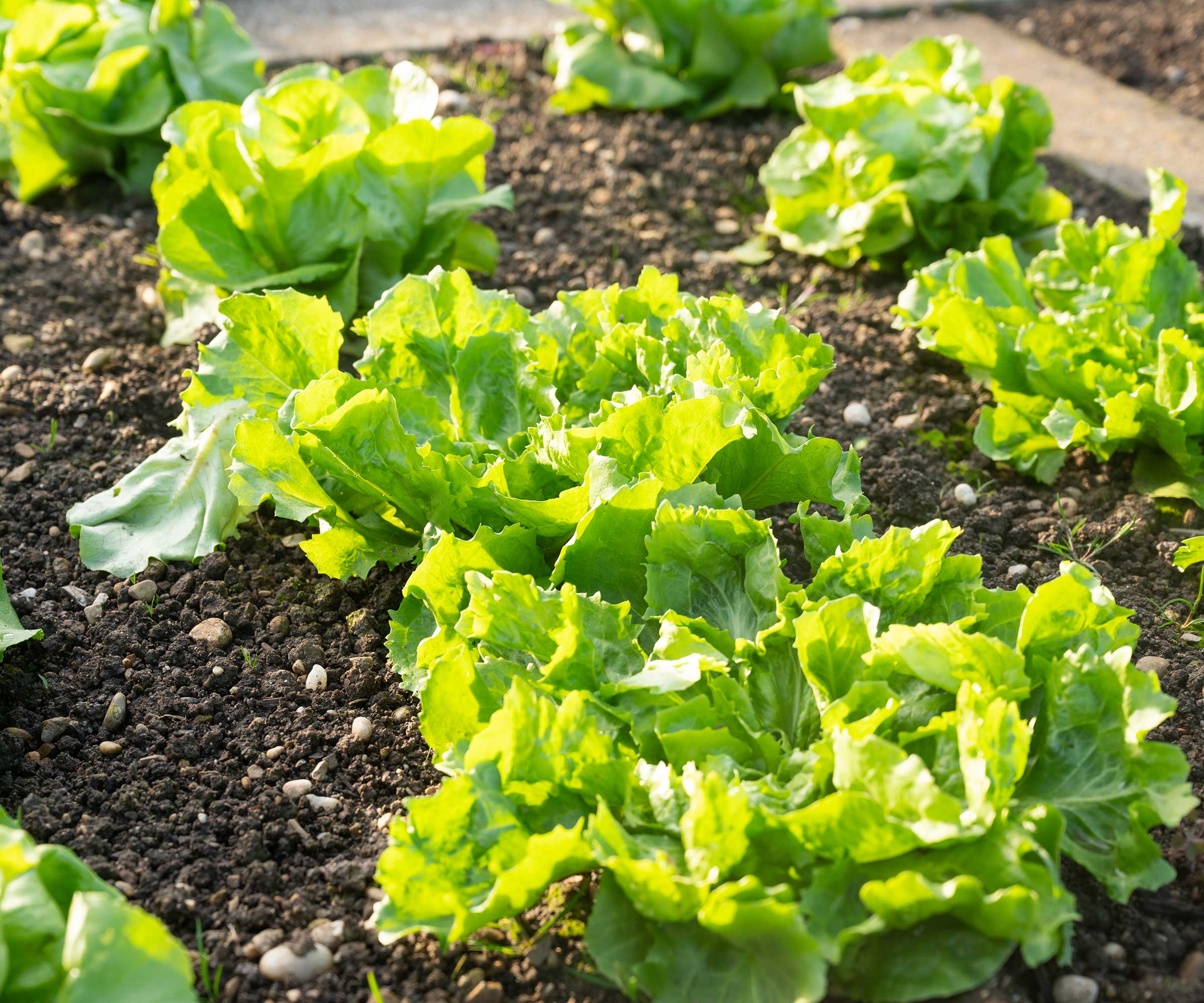
There is such a plethora of different types, shapes, sizes, colors, and flavors of lettuce to grow at home. And any homegrown lettuce is going to take far superior than any drab leaves you find packed in plastic bags at grocery stores. It is a simple crop to grow in the ground, raised beds, or in containers and it is possible to plant lettuce throughout the year. In March, sowing lettuce can be done indoors or outdoors and the best types to plant are cos, butterhead, and salad bowl lettuces.
In early March, sow lettuce seeds thinly into trays or pots filled with seed compost. Keep the soil moist and the seeds should germinate quickly at temperatures of 60-65°F. Transplant the seedlings outside after the risk of frosts. Lettuce seeds can be sown directly into their growing position later in March, however, it comes with an increased risk of slugs and snails nibbling seedlings as they develop. Protect young lettuce with cloches or get rid of slugs by using barriers or beer traps around plants.
Discover the range of lettuce seeds at Amazon
Discover the range of lettuce seeds at Walmart
Discover the range of lettuce seeds at Burpee
6. Peas

Peas are very reliable vegetables and great crops for beginners. Once the soil temperature reaches 50°F, it can be time to start sowing peas directly into the soil. Whether you choose to grow sugar snap peas, mangetout, or shelling peas, the ground needs to be warm enough to grow peas as they won't be happy sown into cold and wet soil.
You can use cloches to warm the soil for a week prior to planting and continue to use them to cover the seeds after sowing. As well as warming the soil, the use of cloches will stop any pests from nibbling the peas before they sprout, or the seedlings afterwards. As peas do not like root disturbance, earlier sowings indoors in cooler climates are best done in lengths of guttering or biodegradable seedling pots.
Sow pea seeds an inch-to-one-and-a-half-inch deep in trenches prepared in the soil. Space the seeds 2-4 inches apart, lightly cover with soil, and keep them moist. Regularly sow pea seeds every two or three weeks from early spring until early summer for an extended harvest.
Discover the range of pea seeds at Amazon
Discover the range of pea seeds at Walmart
Discover the range of pea seeds at Burpee
7. Radishes

Growing radishes is quick and simple. There are different shapes, sizes, and colors to pick from and radishes can be sown regularly throughout the season for speedy and peppery roots to spice up salad bowls. The season for planting radishes starts in early spring once the soil is workable and above 50°F.
Sow radish seeds into a half-inch deep drill, with six inches between rows. Try to sow seeds thinly to reduce the amount of thinning required once they germinate. Radishes germinate quickly - around 5-10 days in warm and moist soil - and need thinning to 1-2 inches apart to give them adequate room to develop to full size.
It may take 6-8 weeks from a March sowing for the crop to be ready to start harvesting radishes.
I listed seven easy vegetables to plant in March above, but there are many other crops you can realistically add to any seed sowing schedule for March. But some are more difficult than others. On top of those listed already, you can start growing tomatoes, kale, cabbage, chilies, sweet peppers, eggplant, spinach, parsnips, leeks, and more this month.

Drew has worked as a writer since 2008 and was also a professional gardener for many years. As a trained horticulturist, he worked in prestigious historic gardens, including Hanbury Hall and the world-famous Hidcote Manor Garden. He also spent time as a specialist kitchen gardener at Soho Farmhouse and Netherby Hall, where he grew vegetables, fruit, herbs, and cut flowers for restaurants. Drew has written for numerous print and online publications and is an allotment holder and garden blogger. He is shortlisted for the Digital Gardening Writer of the Year at the 2025 Garden Media Guild Awards.

